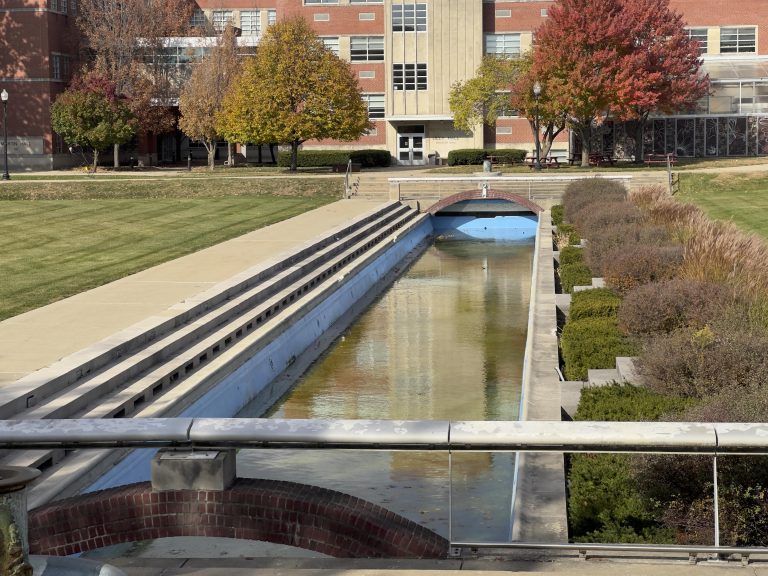This has been fact-checked per The Reflector press time.
Since the NCAA tournament has ended, over 1,200 total athletes from the men’s and women’s leagues have entered the transfer portal, stirring up controversy within college sports.

The transfer portal was created in 2018 in order to give student athletes authority on transferring and what school they transfer to, according to NBC. In recent years there has been more and more athletes entering the portal, which, along with name, image and likeness, raises questions about whether the NCAA should be treated as a professional or amateur league, and what rights the student athletes should have. While there has been a lot of controversy over the legitimacy of the portal and how it is impacting the competitiveness of the game, I think the transfer portal is absolutely necessary, although it could be adjusted.

The 2025 transfer portal opened on March 24 two weeks before the national championship games were played. This led to players entering the portal within minutes of their loss in the tournament, which has brought loyalty and effort into question — if the athlete was so ready to leave, how hard were they working for the team they are leaving? According to sports-editorial news site Clutch Points, Women’s Basketball Head Coach at the University of Connecticut Geno Auriemma said there needs to be a gap between the end of the season and the opening of the transfer portal. He added that every collegiate athlete is functionally a free agent, meaning they are not contractually bound to any coach or team and can transfer at will. I agree that it would absolutely improve the politics of the game to hold off on opening the transfer portal until at least one day after the championship games in order to keep every player contracted by their team and loyal for one year.

While I do think college basketball should go back to more team loyalty, the coaching carousel has made that nearly impossible — if a coach leaves the program that an athlete committed to as a senior in high school, it does not make sense for that athlete to stay at the university and play for a coach that did not recruit them. For example, it is not at all surprising that Indiana University men’s basketball has no returning scholarship players after former Head Coach Mike Woodson announced midseason that he would not be returning to coach the Hoosiers next season. It is possible that with the transfer portal now, we will never return to the era of die-hard team loyalty, but it is good that student athletes can look around and find a new or better situation for themselves.

One of the clearest pieces of evidence toward the transfer portal’s effect was this year’s men’s March Madness tournament where there was no true “Cinderella team” in the Sweet 16. While this may have been disappointing to viewers, a graphic posted by NCAA Buzzer Beaters and Game Winners on X highlights how many transfers there were on each of the 16 remaining teams, six of which had more than seven transfer players on their rosters. Even more interesting to me is the amount of former mid-major players that have “transferred up” to a Power Five school. So while there was no small school that nobody had heard of before making a big run in the tournament, a lot of the players that ended up in this year’s Sweet 16 transferred from those schools. Everyone loves a Cinderella team, but with the transfer portal becoming bigger every year, it is possible we will see more mid-major schools represented by the players that have transferred out of them.
As a fan, it is exciting to see what players will choose once they enter the portal, but it is also bittersweet when my favorite players leave great teams. Overall, the transfer portal has not ruined college basketball, but it has certainly changed the way teams and players function and are recruited.






